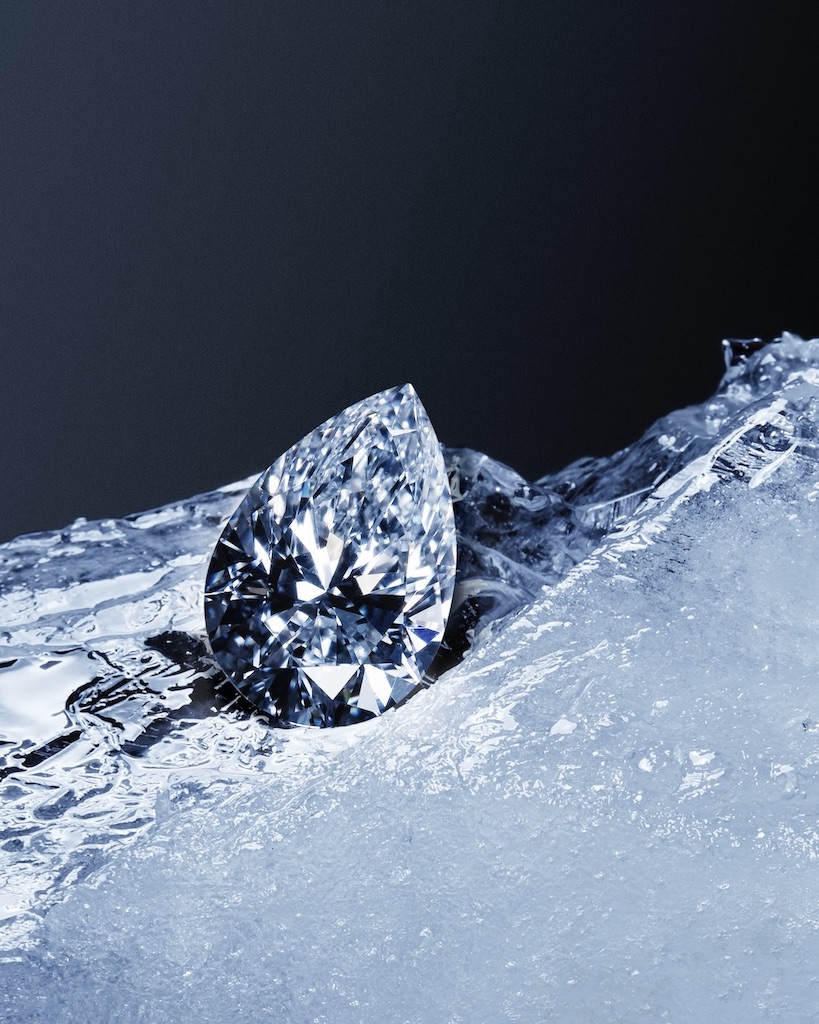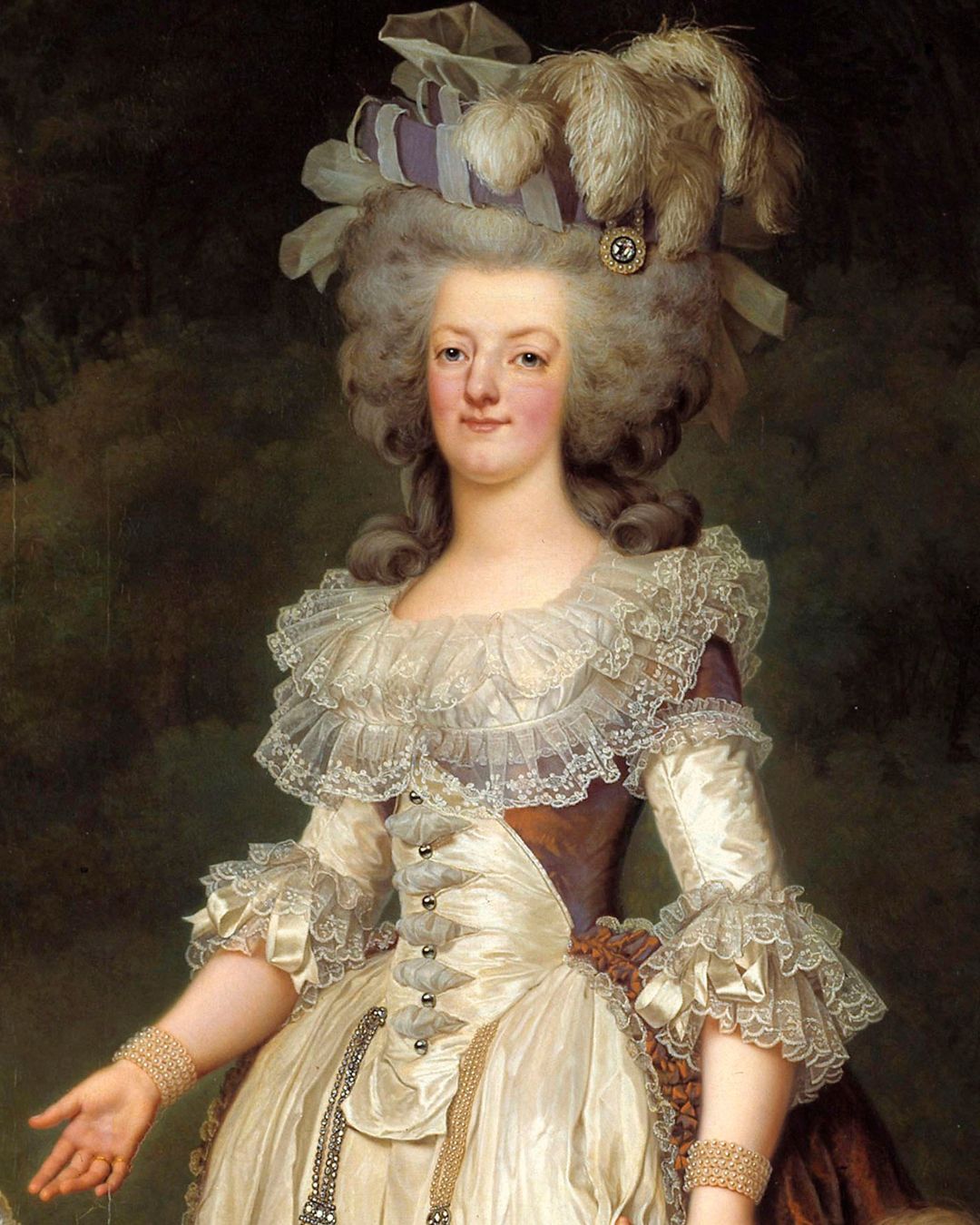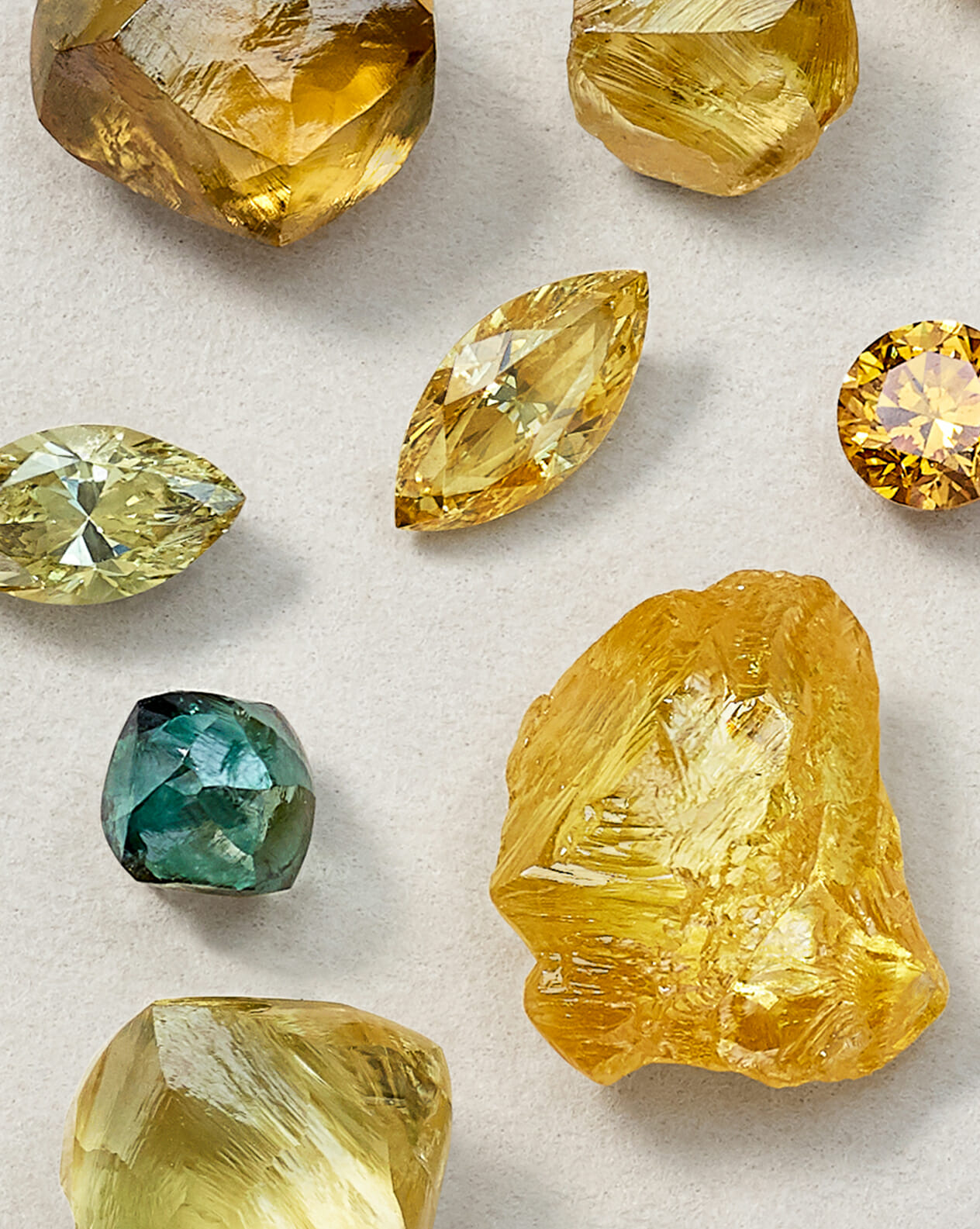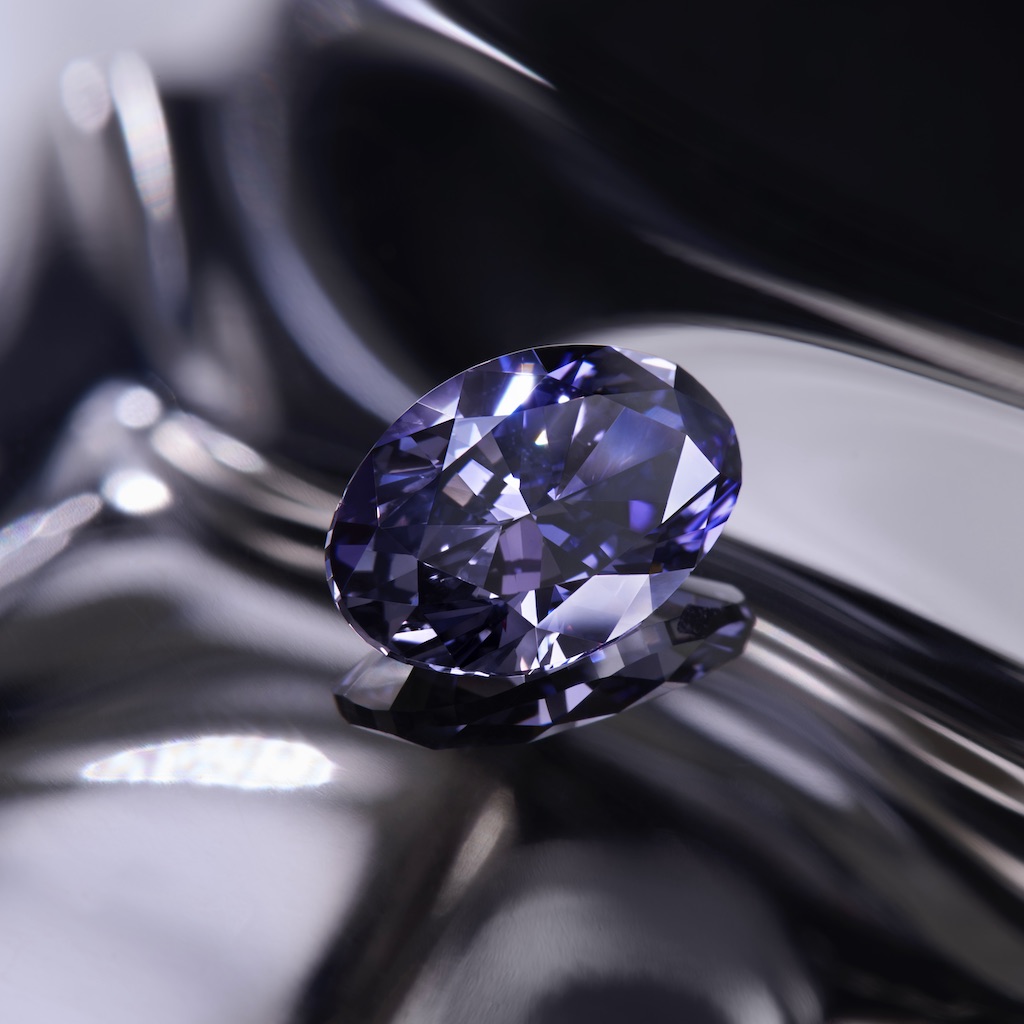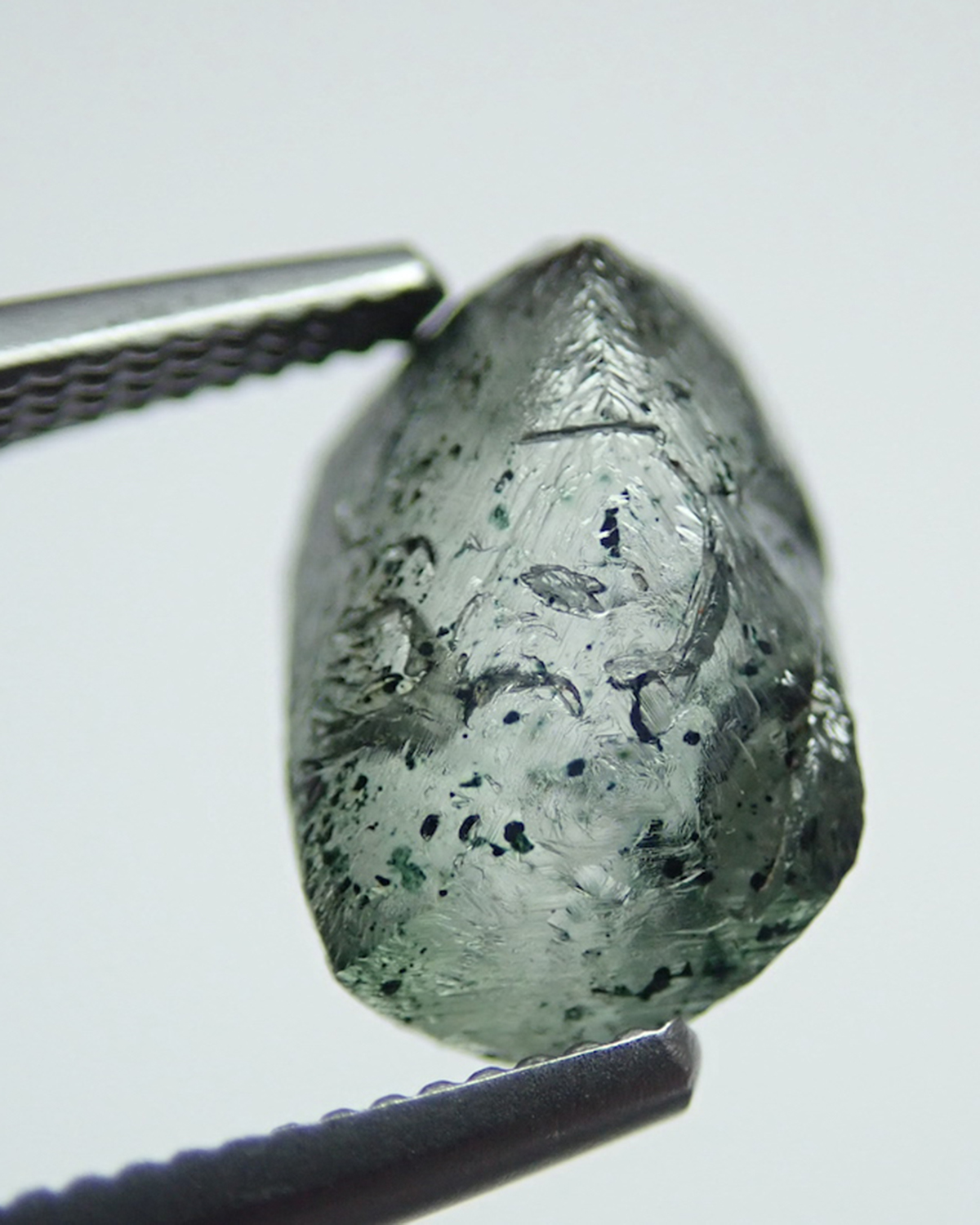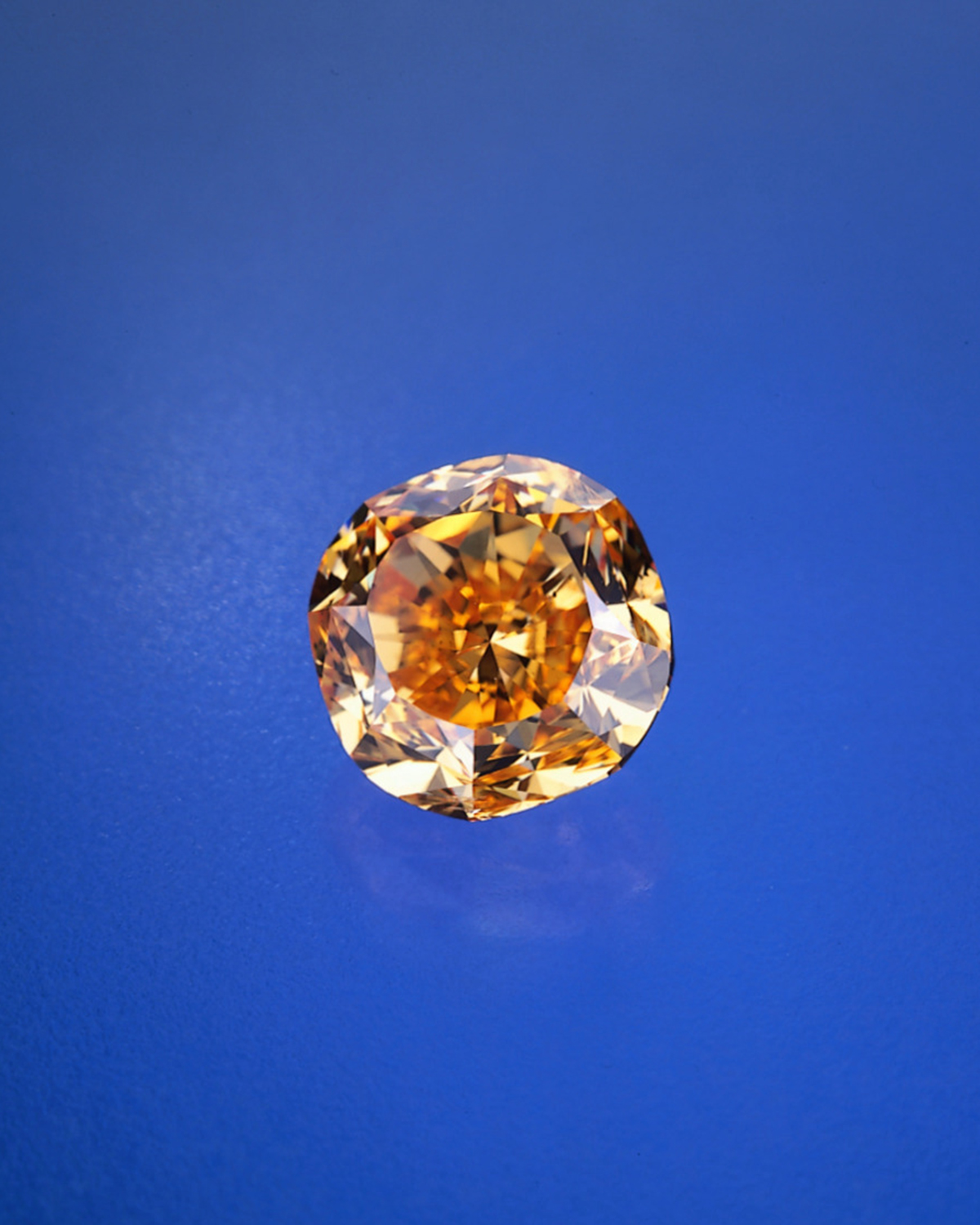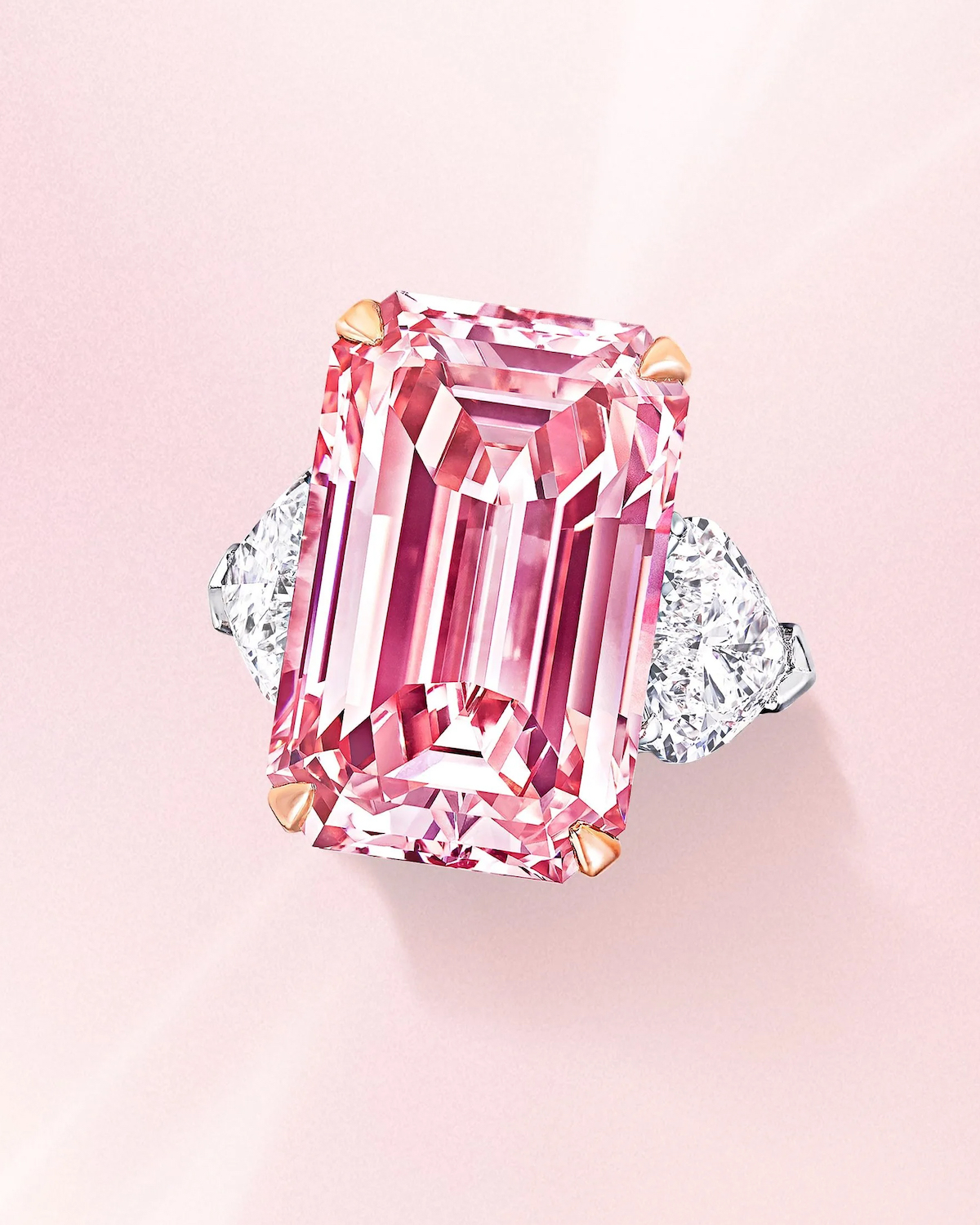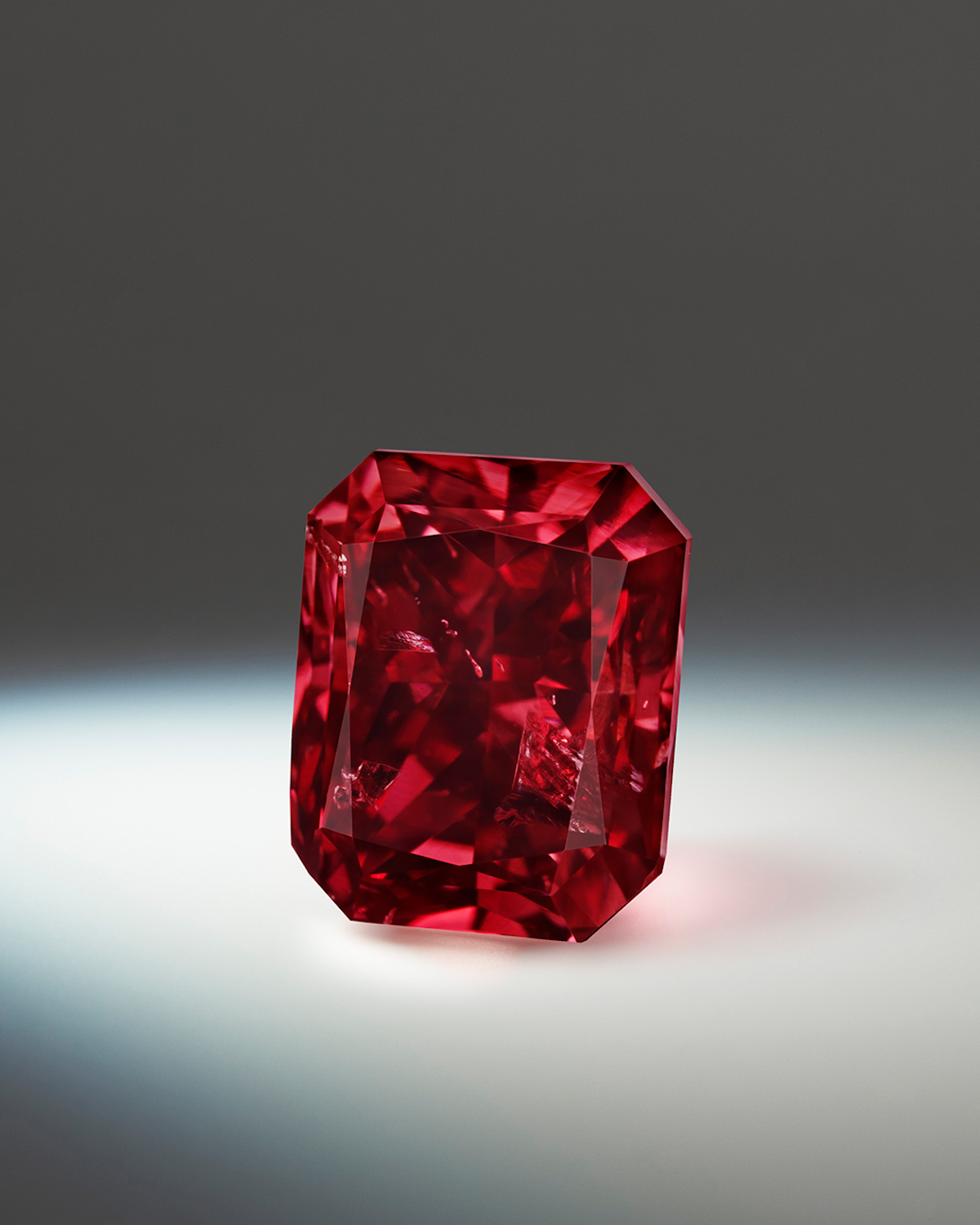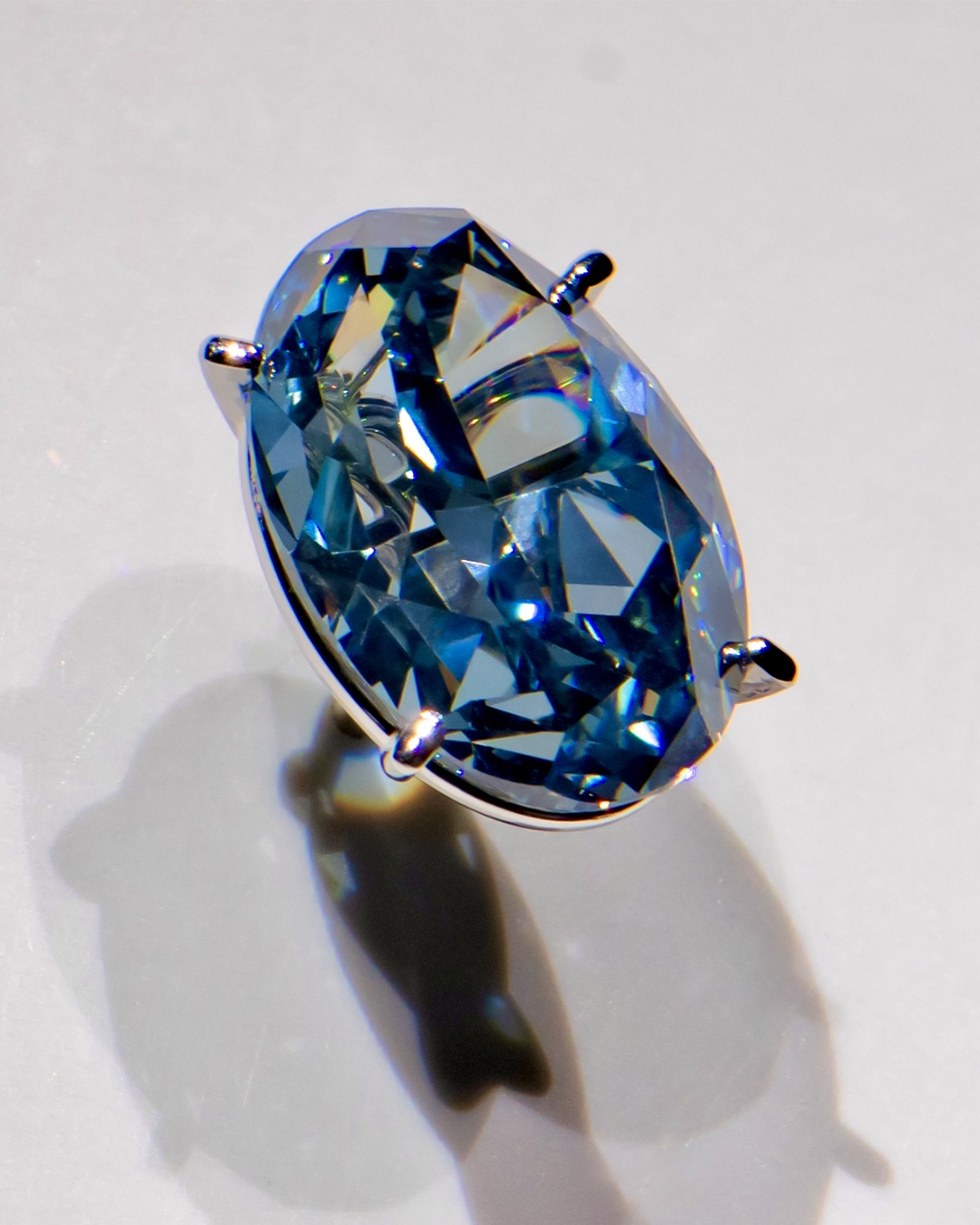Science of Diamonds
Diavik’s Rare Purple Diamond Discovery Could Be Its Swan Song
By Grant Mobley, June 26, 2025
As the Diavik Diamond Mine nears the end of its legendary run, a stunning purple diamond is discovered. More than just a geological marvel, the discovery underscores Diavik’s lasting legacy of responsible mining.
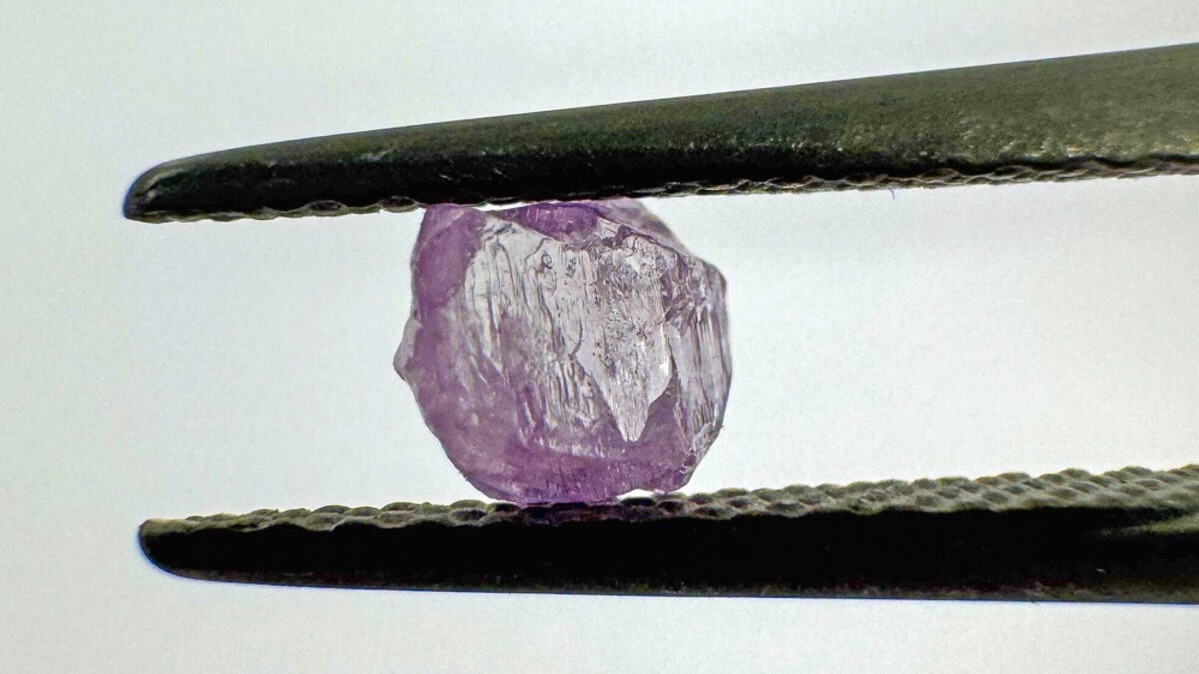
A 0.45-carat purple diamond has been recovered from the Diavik Diamond Mine. (Courtesy of Rio Tinto)
Natural diamonds come in many shades, but few are as elusive or as captivating as purple. That’s why the recent discovery of a 0.45-carat purple diamond at the Diavik Diamond Mine in Canada’s Northwest Territories is making waves in both gemological circles and the broader jewelry world. Small in size but monumental in significance, this vibrant gem arrives as a symbolic exclamation point in the closing chapter of one of the most remarkable diamond mines in history.
Owned by Rio Tinto, the Diavik mine has long been celebrated for its high-quality colorless diamonds and occasionally for producing rare yellows, including a 552-carat yellow diamond found in 2018 and a 158.2-carat stone recovered earlier this year. But purple? That’s a different story entirely. Even within the tiny sliver of Diavik’s production that qualifies as a fancy color, purple diamonds are nearly unheard of.
Meet the Expert

- Grant Mobley is the Jewelry & Watch Editor of Only Natural Diamonds.
- He is a GIA Diamonds Graduate.
- He has over 17 years of jewelry industry experience, starting with growing up in his family’s retail jewelry stores.
A Rarity Within a Rarity: The Science Behind Purple Diamonds
Colored diamonds make up less than 1% of Diavik’s overall production across more than two decades. And within that small fraction, purple is arguably the rarest hue of all. The color, not fully understood by scientists, is believed to be caused either by trace elements such as hydrogen or, more intriguingly, by distortions in the diamond’s crystal lattice. This phenomenon, known as plastic deformation, occurs under immense geological pressure deep within the Earth and is also known to be the cause of rare pink and red diamonds.
The stone itself, described by Rio Tinto as “makeable,” is expected to be cut into a single polished diamond, maximizing its potential as both an investment and a symbol of Diavik’s legacy. Though its destination remains a mystery, its origin is already the stuff of legend.
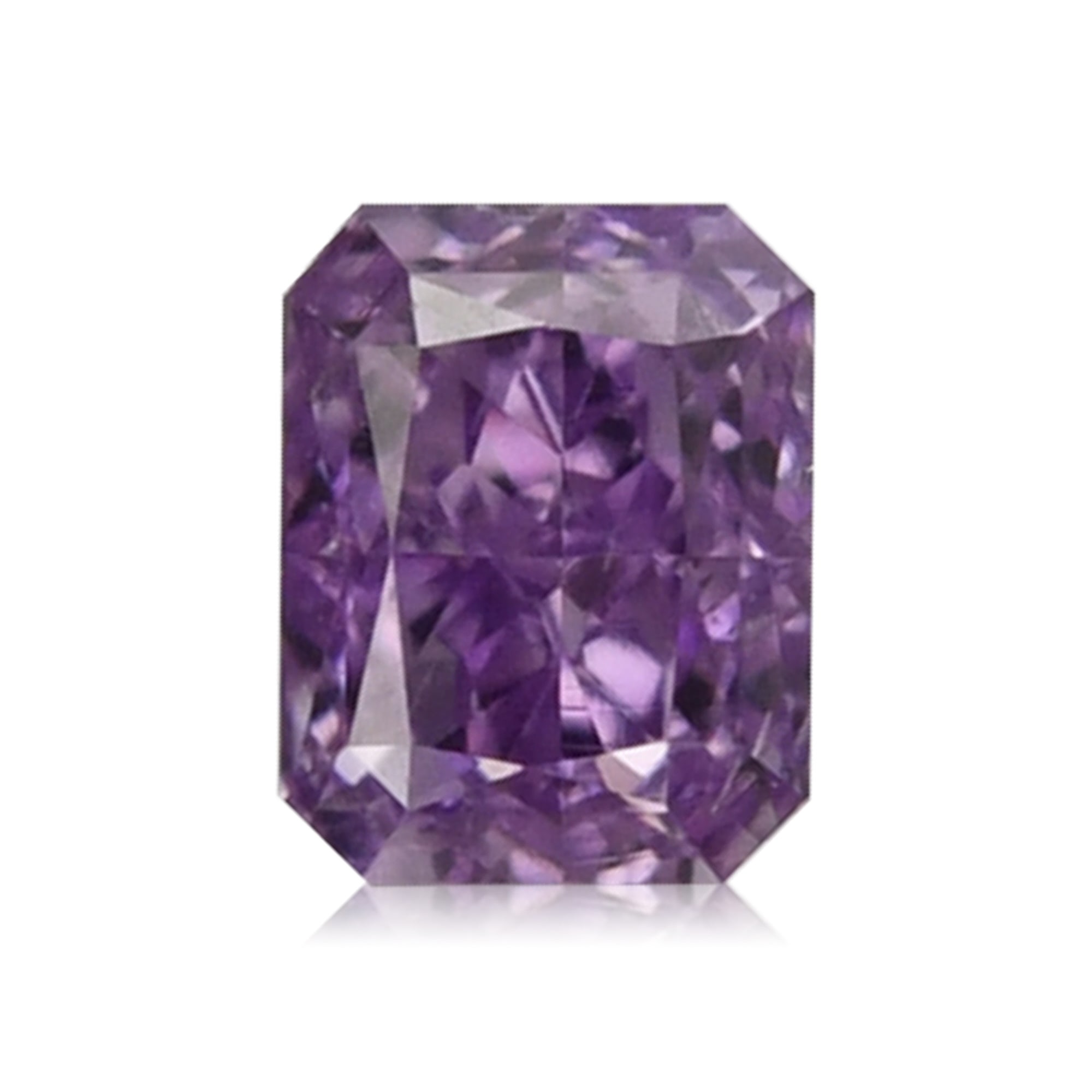
$49,100, leibish.com
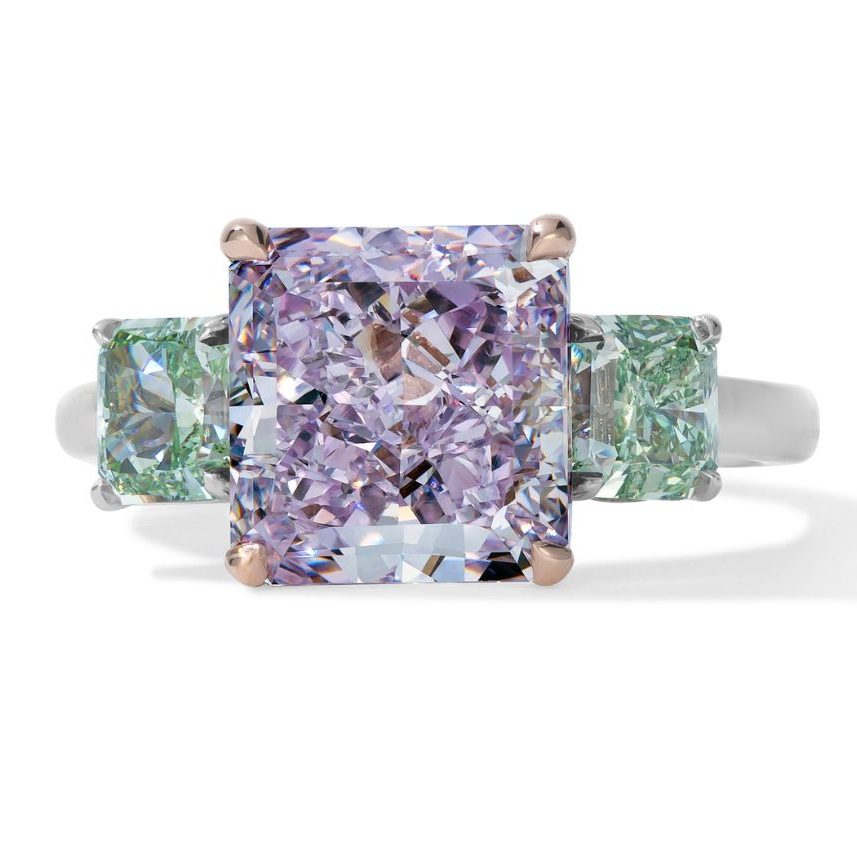
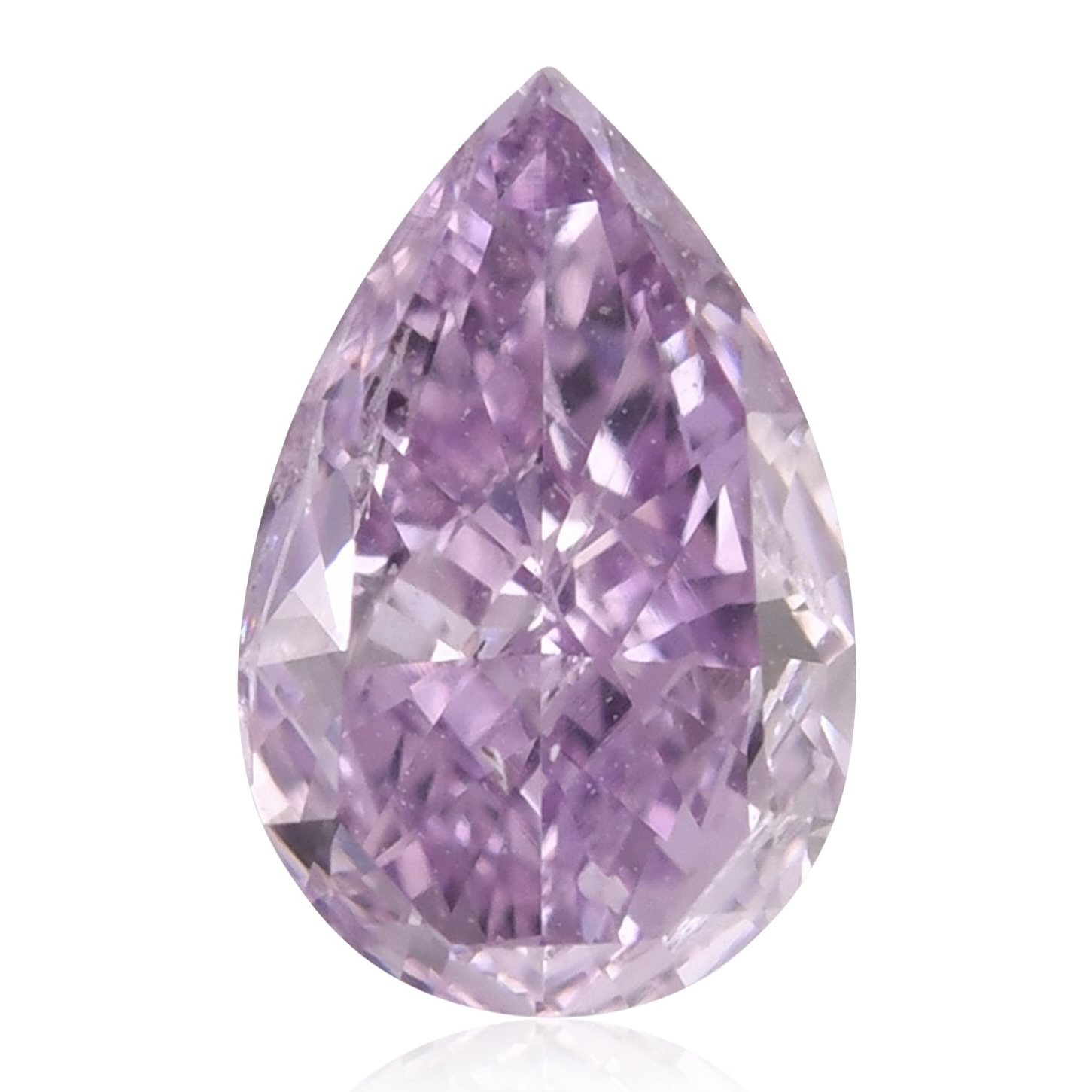
This Purple Diamond Discovery Marks the Twilight of a Giant
The discovery comes at a poignant moment. Diavik is nearing the end of its operational life, with production expected to wind down within the next few years. Like all mines, Diavik remains viable only if it recovers enough diamonds to justify the cost of continued operations. As that balance tips, the process of winding down begins. But in true Diavik fashion, it’s ending not with a whimper.
And this final act has been planned with the same care and responsibility that defined the mine from the beginning. Since the mine opened in 2003, the operators have set aside hundreds of millions of dollars in a dedicated reclamation fund. Once production ceases, they will use those funds to restore the land to its original state. The goal is ambitious and admirable: within a few short years of its closure, visitors to the site should see no visible trace that a diamond mine ever existed there. This seemingly unique plan is, in fact, the case for the majority of diamond mines globally, and we have already seen its success in mines that have already closed.
Even more significant is who will carry out this restoration. Indigenous-owned companies in Northern Canada will lead the effort, ensuring that the economic impact of Diavik continues to benefit the communities that have called this region home for generations. It’s a powerful continuation of the mine’s long-standing relationship with local First Nations and a model for how modern mining operations can work in partnership with the people and environments they affect.
Diavik Has Set The Standard As a Leader in Environmental Innovation

Diavik has also set a high bar for environmental consciousness in the mining world. Long before sustainability became a buzzword, the mine was investing in innovative green technologies. Today, it operates a wind farm that offsets a significant portion of its energy needs and has recently launched a groundbreaking solar energy project. Together, these efforts make Diavik one of the most environmentally advanced diamond mines on Earth.
That environmental legacy adds even more meaning to this tiny purple gem. It is not just a geological anomaly; it is a shining symbol of what responsible diamond mining can look like when sustainability, community partnership, and excellence in gem recovery are all priorities from day one.
A Legacy Set in Stone
As natural diamond production declines globally, stones like Diavik’s purple diamond become increasingly significant. Not just for their rarity or potential auction price but for what they represent: the end of an era, the beauty of nature’s miracles, and the power of human stewardship.
The stone’s vivid color, the result of billions of years of subterranean pressure and heat, is more than a gemological curiosity. It’s a story of time, of transformation, and of a mine that gave the world some of its most exquisite treasures while striving to give back to the land and people it touched.
We may never see another purple diamond from Diavik again. But if this is one of its final gifts, it will be remembered not just as a beautiful stone but as a brilliant sign-off from one of the world’s most extraordinary diamond sources.
